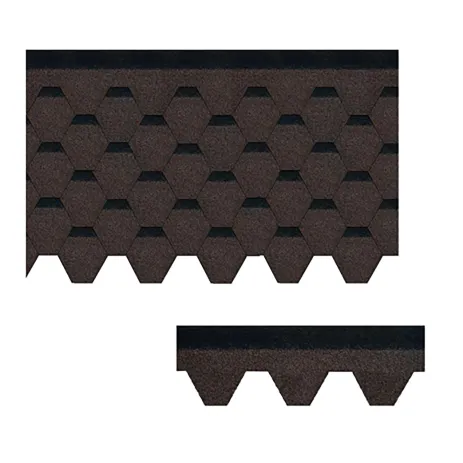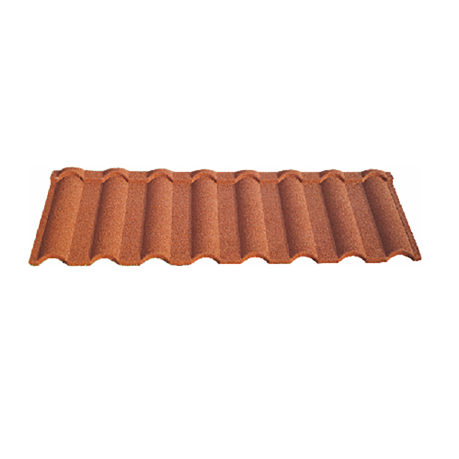coolroof@cnchida.com
+86 13803333363
 Afrikaans
Afrikaans
 Albanian
Albanian
 Amharic
Amharic
 Arabic
Arabic
 Armenian
Armenian
 Azerbaijani
Azerbaijani
 Basque
Basque
 Belarusian
Belarusian
 Bengali
Bengali
 Bosnian
Bosnian
 Bulgarian
Bulgarian
 Catalan
Catalan
 Cebuano
Cebuano
 Corsican
Corsican
 Croatian
Croatian
 Czech
Czech
 Danish
Danish
 Dutch
Dutch
 English
English
 Esperanto
Esperanto
 Estonian
Estonian
 Finnish
Finnish
 French
French
 Frisian
Frisian
 Galician
Galician
 Georgian
Georgian
 German
German
 Greek
Greek
 Gujarati
Gujarati
 Haitian Creole
Haitian Creole
 hausa
hausa
 hawaiian
hawaiian
 Hebrew
Hebrew
 Hindi
Hindi
 Miao
Miao
 Hungarian
Hungarian
 Icelandic
Icelandic
 igbo
igbo
 Indonesian
Indonesian
 irish
irish
 Italian
Italian
 Japanese
Japanese
 Javanese
Javanese
 Kannada
Kannada
 kazakh
kazakh
 Khmer
Khmer
 Rwandese
Rwandese
 Korean
Korean
 Kurdish
Kurdish
 Kyrgyz
Kyrgyz
 Lao
Lao
 Latin
Latin
 Latvian
Latvian
 Lithuanian
Lithuanian
 Luxembourgish
Luxembourgish
 Macedonian
Macedonian
 Malgashi
Malgashi
 Malay
Malay
 Malayalam
Malayalam
 Maltese
Maltese
 Maori
Maori
 Marathi
Marathi
 Mongolian
Mongolian
 Myanmar
Myanmar
 Nepali
Nepali
 Norwegian
Norwegian
 Norwegian
Norwegian
 Occitan
Occitan
 Pashto
Pashto
 Persian
Persian
 Polish
Polish
 Portuguese
Portuguese
 Punjabi
Punjabi
 Romanian
Romanian
 Russian
Russian
 Samoan
Samoan
 Scottish Gaelic
Scottish Gaelic
 Serbian
Serbian
 Sesotho
Sesotho
 Shona
Shona
 Sindhi
Sindhi
 Sinhala
Sinhala
 Slovak
Slovak
 Slovenian
Slovenian
 Somali
Somali
 Spanish
Spanish
 Sundanese
Sundanese
 Swahili
Swahili
 Swedish
Swedish
 Tagalog
Tagalog
 Tajik
Tajik
 Tamil
Tamil
 Tatar
Tatar
 Telugu
Telugu
 Thai
Thai
 Turkish
Turkish
 Turkmen
Turkmen
 Ukrainian
Ukrainian
 Urdu
Urdu
 Uighur
Uighur
 Uzbek
Uzbek
 Vietnamese
Vietnamese
 Welsh
Welsh
 Bantu
Bantu
 Yiddish
Yiddish
 Yoruba
Yoruba
 Zulu
Zulu

Úno . 13, 2025 19:21 Back to list
Red Granules HIREFLE
Metal roofs have become a popular choice for many homeowners, thanks to their durability, energy efficiency, and aesthetic appeal. While they boast a significantly longer lifespan than traditional asphalt shingles, the question remains how often does a metal roof need to be replaced?
Concerns about color fading or aesthetic deterioration often accompany discussions about metal roofs. Technological advancements have resulted in coatings that resist UV rays, maintaining the roof's appeal over time. If aesthetics become a concern, recoating might suffice rather than a full replacement, offering a cost-effective alternative that extends the lifecycle while refreshing the look. Additionally, the structure beneath the roof, including decking and ventilation, can impact a metal roof's longevity. Inadequate ventilation can cause heat and moisture to build up, potentially damaging the roof and reducing its lifespan. Therefore, ensuring your attic space is properly ventilated is a crucial preventive strategy. While metal roofs are renowned for their durability, unexpected circumstances may warrant replacement sooner than expected. Damage from severe storms, falling debris, or improper repairs can undermine the roof's integrity. However, these occurrences should not be seen as indicative of the typical lifespan of a metal roof when properly installed and maintained. Advocates of metal roofing also cite their energy efficiency as an additional cost-saving component that adds implicit value over time. Metal roofs often feature reflective coatings that reduce the amount of heat absorbed, lowering air conditioning costs during the warmer months and potentially reducing replacement frequency by alleviating thermal stress. Choosing to invest in a metal roof is not merely a selection based on longevity but also an environmentally conscious decision. Metal roofs are manufactured from recycled materials and, at the end of their life, are recyclable themselves, reducing waste that traditionally burdens landfill sites. In conclusion, replacing a metal roof is an infrequent necessity primarily dependent on factors like material choice, installation quality, maintenance, and environmental conditions. By prioritizing proper installation and regular maintenance, homeowners can ensure their metal roofs remain resilient structures that perform exceptionally well over time. This investment, while initially higher than traditional roofing options, pays off in reliability, aesthetic longevity, and sustainability, providing peace of mind well into the future.


Concerns about color fading or aesthetic deterioration often accompany discussions about metal roofs. Technological advancements have resulted in coatings that resist UV rays, maintaining the roof's appeal over time. If aesthetics become a concern, recoating might suffice rather than a full replacement, offering a cost-effective alternative that extends the lifecycle while refreshing the look. Additionally, the structure beneath the roof, including decking and ventilation, can impact a metal roof's longevity. Inadequate ventilation can cause heat and moisture to build up, potentially damaging the roof and reducing its lifespan. Therefore, ensuring your attic space is properly ventilated is a crucial preventive strategy. While metal roofs are renowned for their durability, unexpected circumstances may warrant replacement sooner than expected. Damage from severe storms, falling debris, or improper repairs can undermine the roof's integrity. However, these occurrences should not be seen as indicative of the typical lifespan of a metal roof when properly installed and maintained. Advocates of metal roofing also cite their energy efficiency as an additional cost-saving component that adds implicit value over time. Metal roofs often feature reflective coatings that reduce the amount of heat absorbed, lowering air conditioning costs during the warmer months and potentially reducing replacement frequency by alleviating thermal stress. Choosing to invest in a metal roof is not merely a selection based on longevity but also an environmentally conscious decision. Metal roofs are manufactured from recycled materials and, at the end of their life, are recyclable themselves, reducing waste that traditionally burdens landfill sites. In conclusion, replacing a metal roof is an infrequent necessity primarily dependent on factors like material choice, installation quality, maintenance, and environmental conditions. By prioritizing proper installation and regular maintenance, homeowners can ensure their metal roofs remain resilient structures that perform exceptionally well over time. This investment, while initially higher than traditional roofing options, pays off in reliability, aesthetic longevity, and sustainability, providing peace of mind well into the future.
Previous:
Next:
Latest news
-
Types of Roof Shingles: Durable Styles & Materials
NewsAug.04,2025
-
Different 3 Tab Shingles Types | Affordable & Durable Roofing
NewsAug.03,2025
-
Moonlight White HIREFLE Granules with GPT-4 Turbo
NewsAug.02,2025
-
Premium Round Asphalt Shingles: Durable & Elegant Roofing
NewsAug.01,2025
-
Eco-Friendly Clay Tiles | AI-Enhanced Durability
NewsJul.31,2025
-
Durable Shingle Granules for Premium Roofs
NewsJul.31,2025
Related Products
Copyright © 2025 Hebei Chida Manufacture and Trade Co., Ltd. All Rights Reserved. Sitemap | Privacy Policy







